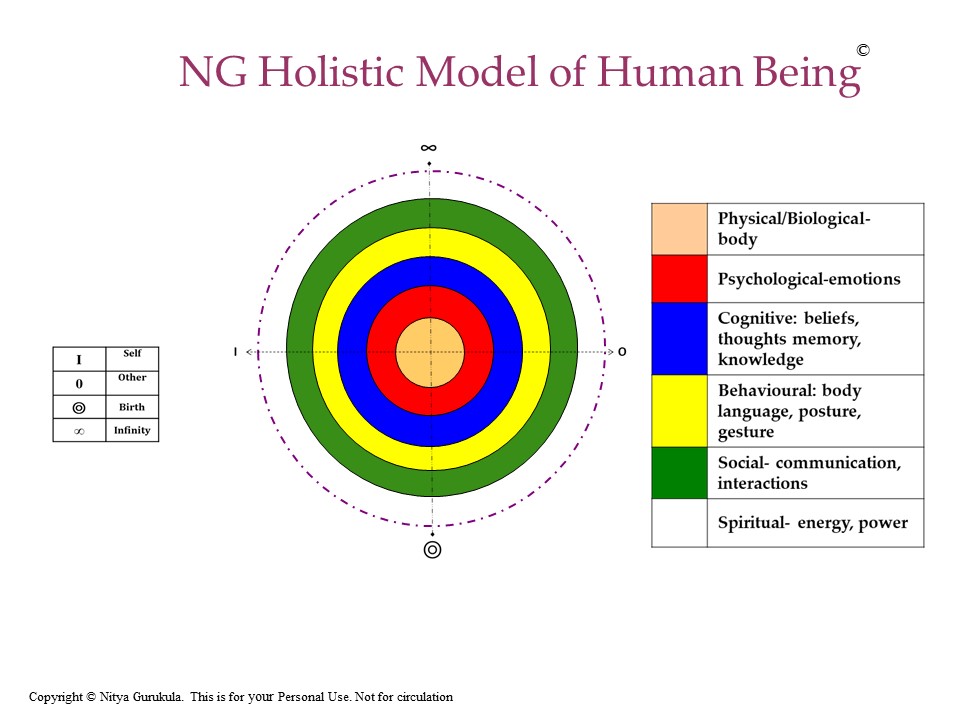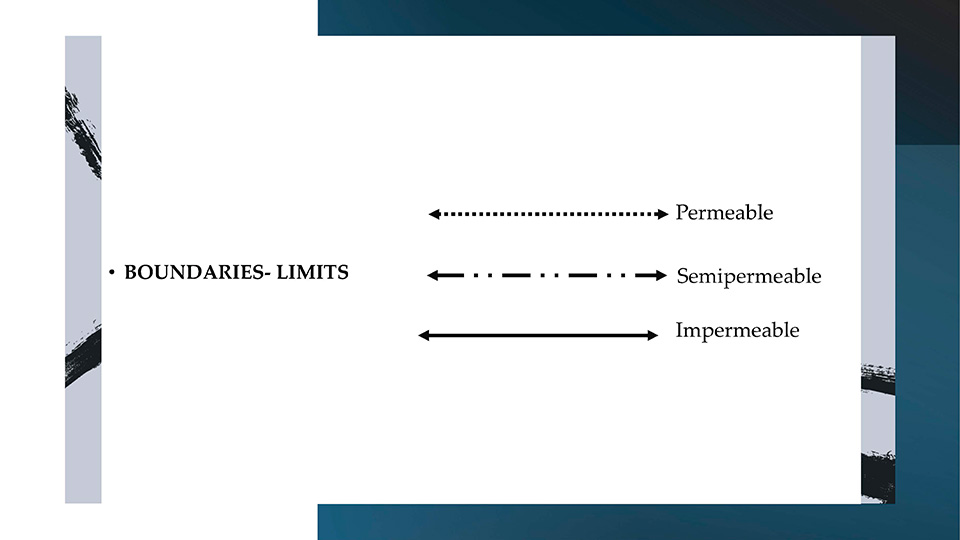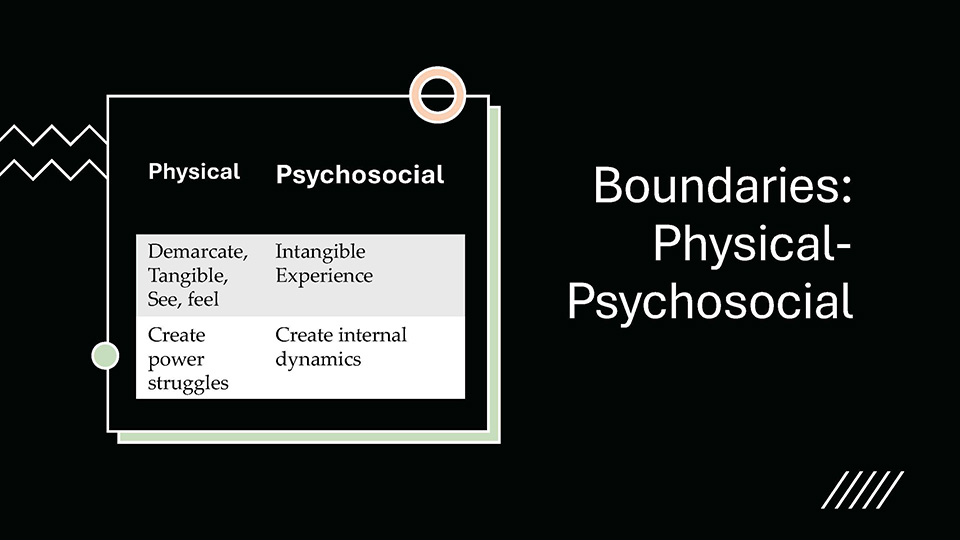Boundaries: Psycho-Social boundaries
Dear Readers, Welcome to SC Musings, Blog 7
To describe Psycho-Social boundaries, I am taking you back 7 decades to my childhood. Psycho-Social boundaries, is a running theme in my life, which I have been struggling with for decades, and began naming and delving into, very recently.
Growing up with maternal grandparents, I was surrounded by innumerable grandfathers, grandmothers, aunts, and uncles- there was a ripe old great-grandfather too! Enveloped in the cocoon of a traditional joint family, I had no clue as to what was me and mine- it seemed that I was in everything and everyone, and everyone and everything was me. I also had many kids to roam around with, and enjoyed the freedom of a street kid.
On my paternal side also there were 14 cousins, and I belonged everywhere, so there was not much of an identity confusion.
Moving in with my parents and getting into school was a rude awakening, which brought me down with a loud thud. Me, and mine slowly began cropping up, and confusion reigned. I was alternating between the Compliant and Rebellious Child (Joines,1976. p.378 ); this means that either I complied blindly to authority, or rebelled by procrastinating.
Ms. Sundaram, my 6th Std. teacher, elicited my identity by recognising me in the morning assembly, in a gathering of students; further, she put me on stage to do a mono-act, and the I in me began surfacing. My dormant Adult ego state (Berne, 2015.p.32-34) started tuning in, and I engaged with studies and learning. Marriage and stepping out socially, propelled me slowly to root in an identity and to continue honing it.
Now, let’s recall the NG Holistic Model of a Human Being to connect my narrative to psycho-social boundaries, the major theme of this Blog 7.

NG Holistic Model consists of the following six layers and dimensions:
- Body,
- Emotions,
- Cognition- thinking,
- Behaviours,
- Social &
- Spiritual, respectively.
These layers and dimensions have been detailed in Blog 4; here I will briefly address the social and spiritual layers, because the others are self-explanatory. Communications and relationships are significant characteristics of the social layer and dimension, while the spiritual layer is energy - holistic energy contained in the layers individually and collectively. Identity and timeline in this model add space and depth to human existence and subsistence. NG Holistic Model of a Human Being is the foundation of a holistic approach to people work, to ensure that NG service receivers are valued and treated as individuals and systemic beings.
Boundaries between the layers in the NG Holistic Model are useful for enhancing our self-awareness; this happens when we become conscious of our feelings like anxiety, fear, anger, sadness etc. and name these feelings. When the boundaries are enmeshed, we are totally unaware of what’s happening within, and how we are impacting others and the context.
We are going to apply Berne’s (2015. p.39-41) concept of the permeability of ego state boundaries, to boundaries separating the layers in the NG Holistic Model. Ego states, (Berne, 2018. p.31) the building blocks of Transactional Analysis, are ‘states of mind’ (Berne, 2105. p.30), comprising of a person’s thinking, feeling, and behaviours. They are experiential realities, which are experienced by individuals, observed by onlookers, and verifiable from historical data. Parent, Adult, and Child ego states, parts of a human personality, colloquially known as P, A, and C respectively, are shown in Figure 7.2.

Figure 7.2 a. with a line around the 3 circles, is the formal diagram of personality, while Figure 7.2 b. is the informal diagram, with only Parent, Adult and Child ego states represented by 3 circles, with P, A, & C, respectively. For explaining the energy flow between Parent, Adult, and Child ego states, Berne uses the concept of ‘permeability’. Psychic energy flows freely between Permeable ego state boundaries, becomes restricted by Semi-Permeable boundaries or is blocked by Impermeable boundaries, according to Berne (2015. p.39-41).

Permeability of boundaries, when used in the NG Holistic Model, presents a view of the functioning of an individual. For example, a person stuck in the cognitive layer, which connects to the sympathetic nervous system, has increased stress levels; or, emotions expressed impulsively without a pause in time, depict a person who is not thinking of feelings or behaviours. A free flow of energy between the 6 layers in time and space contributes to a well-balanced person, who is comfortable with Self, sensitive to Others, and in tune with the Environment.
Coming back to my narrative, I had a sense of belonging in both my maternal and paternal families - maybe a bit more on the maternal side, because I spent a large chunk of my early years with them. Growth and education demanded a firmer identity, to communicate and relate. Skill and competency development while growing up, brought a sense of accomplishment and confidence. There was no need during these stages of life, to be conscious of Psycho-Social boundaries – it seemed to happen ‘naturally’.
Adulthood, with marriage and children, brought about an acute need for Psycho-Social boundaries. Some relationships in personal, professional, and organisational life did not require much attention. However, a demand for Psycho-Social boundaries to stay out of psychological games (Berne, 2016) which drain energy, began emerging. This awareness surfaced much much later, when my ‘natural’ responses socially created difficulties in communication and relationships.
Psycho-Social boundaries popped up in Nitya Gurukula as a concept in the last few years, to make meaning and deal with blocks in the self and in relationships of all populations- clients, trainees, workshop participants and the teamers. Most of us Indians have transitioned in a short time, from a traditional and relational lifestyle to one based on individuality and independence. This situation demands a conscious and intentful creation and maintenance of Psycho-Social boundaries across generations.
Physical boundaries indicate ownership, and serve to contain and control entrances and exits. Thus, there are boundaries between nations, organisations, institutions, and family homes. Lack of clarity on physical boundaries, lead to battles, ending in wars for ownership and control as we are witnessing globally.
However, Psycho-Social boundaries are often intangible and not clearly defined. They are determined biologically, socially, and culturally and change over time. Like, in a family, the boundaries between parents and children, and vice versa, changes with time. Clinging to these boundaries over time often result in unpleasantness and pain, stunting growth and development.

Dear Readers, we have taken a deep dive into boundaries and Psycho-Social boundaries in this blog. I am inviting you to do a mini activity- take a peek at the boundaries around and in you- Physical and Psycho-Social. Would love to hear from you.
We will continue with Psycho-Social Boundaries in Blog 8- their deeper meaning and relevance to our life and living and explore their impact on our communication and relationships.

References
Berne, E. (2015). (original work published 1961). Transactional Analysis in Psychotherapy. A Systematic Individual and Social Psychiatry. Martino Publishing
Berne, E. (2016). (original work published 1964). Games people play: The psychology of human relationships. New York: Grove Press.
Berne, E. (2018). (original work published 1972) . What do you say after you say hello? The psychology of Human destiny. Corgi Books. London, UK.
Joines, V.S. (1976) Differentiating Structural and Functional, Transactional Analysis Journal, 6:4, 377-380, DOI: 10.1177/036215377600600404